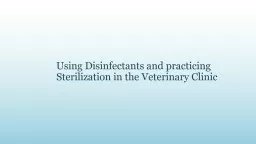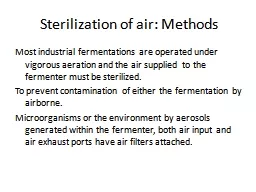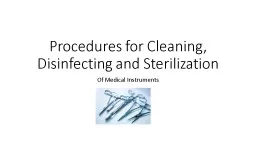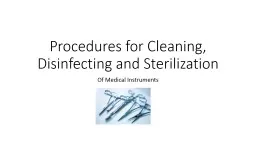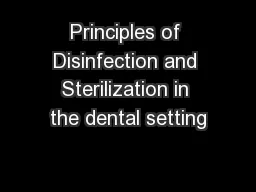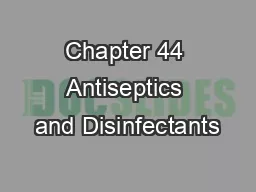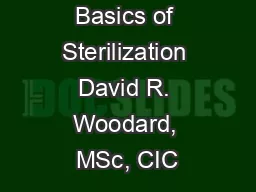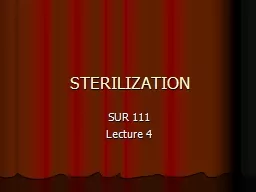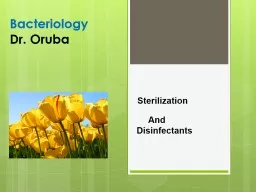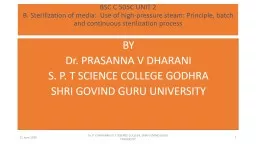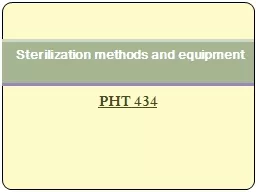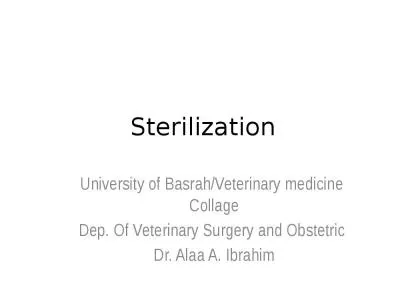PPT-Using Disinfectants and practicing Sterilization in the Veterinary Clinic
Author : celsa-spraggs | Published Date : 2018-12-05
Next Generation Science Common Core Standards Addressed CCSSELALiteracyRH11129 Integrate information from diverse sources both primary and secondary into a coherent
Presentation Embed Code
Download Presentation
Download Presentation The PPT/PDF document "Using Disinfectants and practicing Steri..." is the property of its rightful owner. Permission is granted to download and print the materials on this website for personal, non-commercial use only, and to display it on your personal computer provided you do not modify the materials and that you retain all copyright notices contained in the materials. By downloading content from our website, you accept the terms of this agreement.
Using Disinfectants and practicing Sterilization in the Veterinary Clinic: Transcript
Download Rules Of Document
"Using Disinfectants and practicing Sterilization in the Veterinary Clinic"The content belongs to its owner. You may download and print it for personal use, without modification, and keep all copyright notices. By downloading, you agree to these terms.
Related Documents

